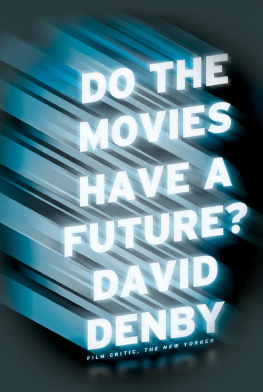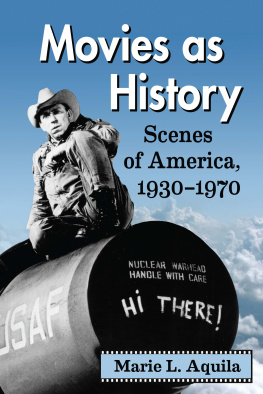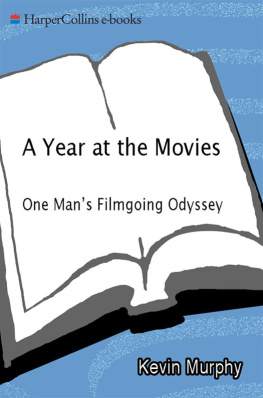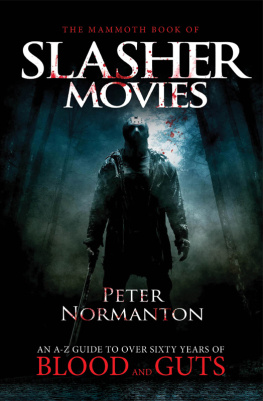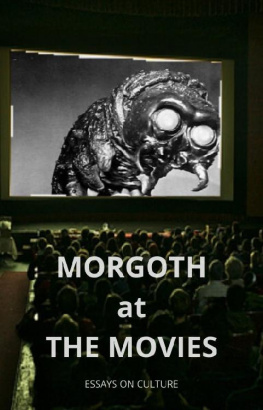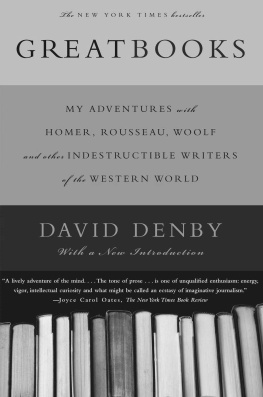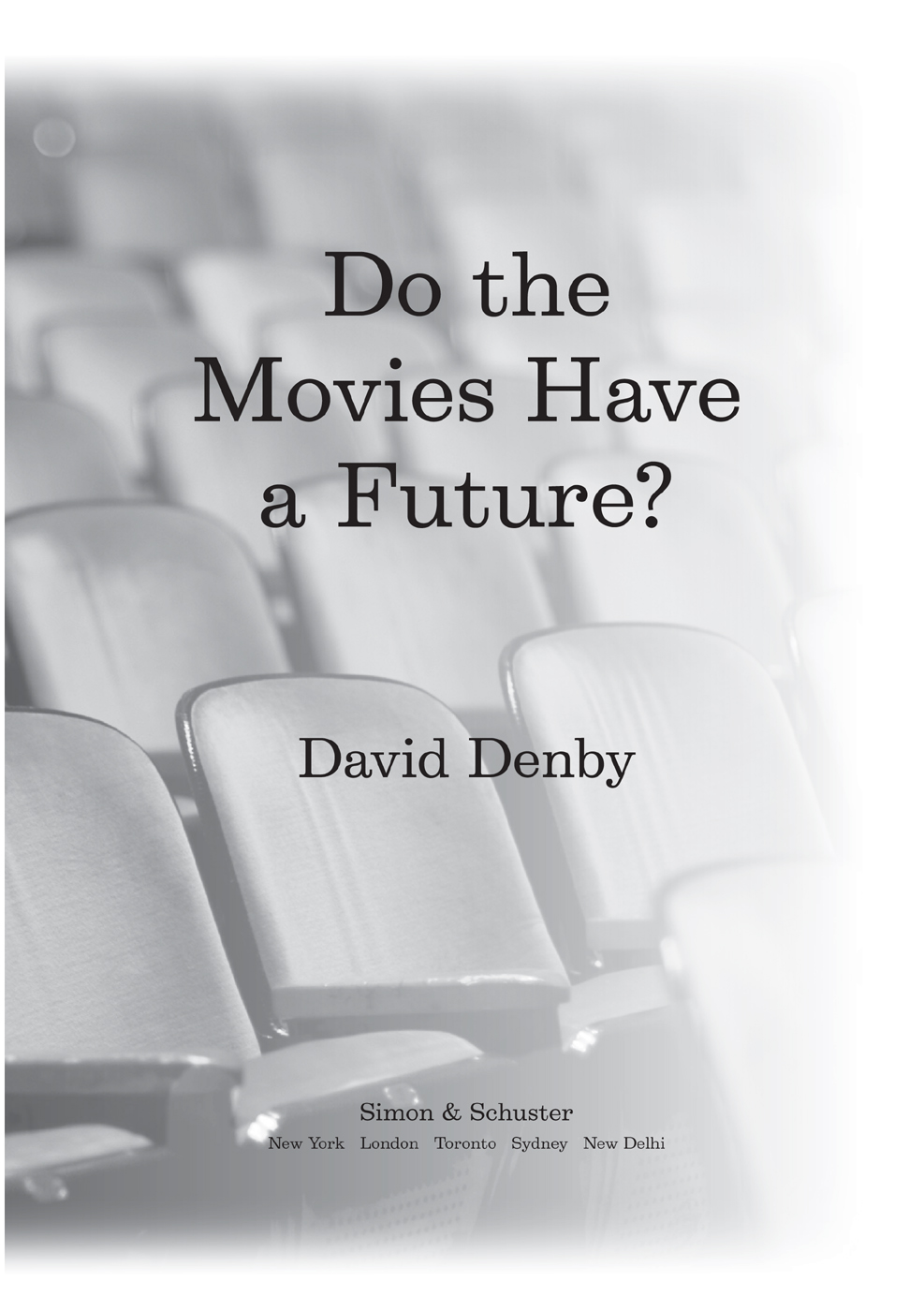Also by David Denby
Snark
American Sucker
Great Books
Thank you for purchasing this Simon & Schuster eBook.
Join our mailing list and get updates on new releases, deals, bonus content and other great books from Simon & Schuster.
C LICK H ERE T O S IGN U P
or visit us online to sign up at
eBookNews.SimonandSchuster.com
Contents
To Roger Angell, Richard Brody,
Virginia Cannon, Bruce Diones,
Henry Finder, Ann Goldstein, Adam Gopnik,
Anthony Lane, David Remnick, and Daniel Zalewski,
Who know that all of this still matters
PREFACE
Except for the review of Pulp Fiction, all of these essays and reviews were written in the years 1999 to 2011. I have revised some of them, and, in two cases (the articles on James Agee and Pauline Kael), combined two pieces into one. When I revised, I didnt change any of the opinions, or alter the happy or angry mood in which the pieces were first written, or fiddle with the phrasing. I restored a few things that were cut for space, while dropping some passages about, say, business conditions in Hollywood that are no longer of much interest or relevance. Ive also cut some matters covered in other pieces. Ive noted at the end of each piece when and where it appeared. When Ive revised, Ive noted that as well.
INTRODUCTION /
THE WAY WE LIVE NOW
ONE: THE BIG PICTURE
I want to make it clear what world a mainstream movie critic lives in. I want to make appalling statements, rend the air with terrible cries (i.e., deal with the actualities of the situation), indulge end-of-the-movies fears, celebrate good and great pictures, and herald Lazarus-like signs of hope, rebirth, and regeneration. I hope that no part of this book will be taken as an expression of regret over my job. I know that I am very lucky to be a movie critic at all, and still luckier, at a time in which many print critics have been canned, to hold a job on a national magazine.
I make this presumption of your interest because most moviegoers live in the same world as I do. When I speak of moviegoers, I mean people who get out of the house and into a theater as often as they can; or people with kids, who back up rare trips to the movies with lots of recent DVDs and films ordered on demand. I dont mean the cinephiles, the solitary and obsessed, who have given up on movie houses and on movies as our national theater (as Pauline Kael called it) and plant themselves at home in front of flat screens and computers, where they look at old films or small new films from the four corners of the globe, blogging and exchanging disks with their friends. Ill try to suggest the strengths and weaknesses of a renewed cinephilia later on. But, for the most part, Im not thinking of such movie lovers, extraordinary as some of them are; Im thinking of the great national audience for movieswhats left of it. For those people, the answer to the rhetorical question posed by the books title is a resounding, trumpet-like, Well, maybe. Sort of. Perhaps . If certain things happen.
The flood of six hundred or so movies opening in the States every year includes films from every country; it includes documentaries, first features spilling out of festivals, experiments, oddities, zero-budget movies made in someones apartment. Even in the middle of the digit-dazed summer season, small movies never stop openingat least in New York. There is always something fascinating to write about, and I hope this book gives at least a hint of the variety of filmmaking activity over the last dozen years or so. Yet most of the pieces Ive selected are devoted to mainstream commercial and mainstream independent American filmmaking, which is what most people mean by the moviesthat is, the movies as they are able to experience them in most cities, suburbs, and college towns. New York, after all, is a special casea city which hosts a continuous world cinema festival, with groups of films from France, Germany, Romania, Korea, or Spain playing somewhere or other in sponsored events in every season; revivals at such institutions as the Museum of the Moving Image, the Film Society of Lincoln Center, the Museum of Modern Art, Film Forum, and many other places. When I speak of the movies in the title of this book, I mean what can be generally seen. Its the health of that cinema which obsesses me.
Many people have suggested that TV, not movies, has become the prime place for ambition, for entertainment, for art. Cable television has certainly opened a space for somber realism, like The Wire, and satirical realism, like The Sopranos and Mad Men. But there are risks that an artist cant take on television. I have been ravished by things possible only in moviesby Paul Thomas Andersons There Will Be Blood, Julian Schnabels The Diving Bell and the Butterfly , Terrence Malicks intolerable, magnificent The Tree of Life , which refurbished the tattered language of film. Such films as Sideways, The Squid and the Whale, and Capote have a fineness, a nuanced subtlety that would come off awkwardly on television. Would that there were more of them!
Nostalgia is history filtered through sentiment. Defiance, not nostalgia, is whats necessary for critical survival. Im made crazy by the way the business structure of movies is now constricting the art of movies. I dont understand why more people are not made crazy by the same thing. Perhaps their best hopes have been defeated; perhaps, if they are journalists, they dont want to argue themselves out of a job (neither do I); perhaps they are too frightened of sounding like cranks to point out what is obvious and have merely, with a suppressed sigh, accommodated themselves to the strange thing American movies have become. A successful marketplace has a vast bullying force to enforce acquiescence, even among journalists.
/ / /
A critics world, then, and your world, too. A single example of life as its lived now: On May 6 of 2010, the science fiction comedy-spectacle, Iron Man 2, starring Robert Downey, Jr., began its run in the United States at 4,380 theaters. Thats the number of theaters . Multiplexes often put new movies on two or three screens within the complex, so the actual number of screens was much higherover 6,000, most likely. The gross receipts for the opening weekend (Friday to Sunday) were $128 million. These were not, however, the movies first revenues. As a way of discouraging piracy and cheap street sale of the movie overseas, the movies distributor, Paramount Pictures, had opened Iron Man 2 a week earlier in many countries around the world. By May 9, at the end of the weekend in which the picture opened in America, cumulative worldwide theatrical gross was $324 million. By the end of its run, the cumulative total had advanced to $622 million.
But that was just the beginning. For many big movies, the opening weekend and the worldwide theatrical gross serve as a branding operation for what followssale of the movie to broadcast and cable TV, and licensing to retail outlets for DVD rentals and purchase. Iron Man 2 is of course part of a well-developed franchise (the first Iron Man came out in 2008). The hero, Tony Stark, a billionaire industrialist-playboy, first appeared in a Marvel comic book in 1963 and still appears in new Marvel comics. Rattling around stores and malls all over the world, there are also Iron Man video games, soundtrack albums, toys, bobblehead dolls, construction sets, dishware, pillows, pajamas, helmets, T-shirts, and lounge pants. There is a hamburger available at Burger King named after Mickey Rourke, a supporting player in the movie. Such companies as Audi, LG, Mobile, 7-Eleven, Dr Pepper, Oracle, Royal Purple motor oil, and Symantecs Norton software signed on as promotional partners, issuing products with the Iron Man logo imprinted somewhere on the product or in its advertising. In effect, all of American commerce is selling the franchise. The marketing operation for the second installment was set up perhaps ten months before the movie was released, or even earlier, at the time of the first Iron Man . The movies success did not depend on word of mouth; it depended on a calculated strategy put into place way before the movie came out.
Next page
